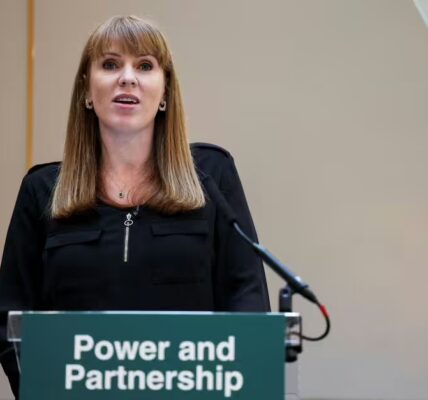Pensioners have paid tax bills totalling tens of thousands of pounds when withdrawing lump sums from their retirement savings.

Making a big pension withdrawal in one tax year can backfire horribly (Image: Getty)
Under 2015’s pension freedom reforms, the over-55s can use their retirement savings as a cash machine, taking income and lump sums as required.
HMRC treats any pension withdrawals above the 25% tax-free lump sum as income, which is added to the policyholder’s total earnings for that year, and subject to income tax.
Pension savers who take a major lump sum in one go could therefore end up with a huge tax bill, with hundreds handing almost £100,000 to the taxman.
While most draw relatively small sums, some are going much further with almost 300 fully encashing pension pots of £250,000 or more in the six months to March 2024.
They faced a minimum tax bill of a staggering £98,700 and in many cases more, new analysis by pension provider Standard Life shows.
Almost 1,600 pension savers encashed pots worth between £100,000 and £249,000, saddling themselves with at least £27,400 of tax each.
Taking large sums can push pensioners into a higher tax bracket for that year, which means HMRC swallows more of your pot.
The additional rate tax band was cut from £150,000 to £125,140 in April 2023, pushing more pension savers into paying tax at 45%
A huge number of people are paying a disproportionate amount of tax to access their pension, said Standard Life’s retirement savings director Mike Ambery. “Fully encashing a large pot will almost always mean a very large tax bill, sometimes taking away years’ worth of savings.”
Some want to withdraw their entire pension and put it in their bank account for ease of access, but this can be costly. “Not only does this mean their savings become eligible for tax but they’re potentially giving up higher investment returns too.”
Money rolls up tax free in a pension, and is only taxed when withdrawn.
To avoid becoming a big pension taxpayer, Ambery recommends spreading withdrawals and using available allowances, using the following tips.
Take small, regular chunks. You only pay income tax on anything over the £12,570 personal allowance. “If a pension pot is your only source of income, you could take that much each financial year and not pay any tax on it.”
Use tax-free cash wisely. You don’t have to take all of your 25% tax-free lump sum in one go, Ambery said. “You could take a withdrawal from the taxable portion of your pot, and top it up with some of your tax-free amount, known as tailored drawdown. Not all pension providers offer this option though, so shop around.”
Take income from ISAs instead. ISA withdrawals are tax free, so think about using them to top up the income from your pension to help keep the tax down. “Or you could use your ISA to cover your retirement income entirely before touching your pension,” Ambery said.
The early years of retirement tend to be more expensive, as people are more active and need more income. “So it could make sense to use the tax-free withdrawals from your ISA to cover this period.”
As you get older and your costs come down, you may then be able to live off more modest withdrawals from your pension. “The less you take, the less tax you pay.”
However, Chancellor Rachel Reeves is planning to charge inheritance tax on pensions from 2027, so factor this into your plans.
